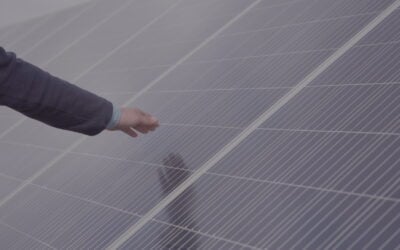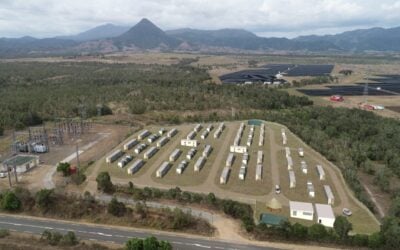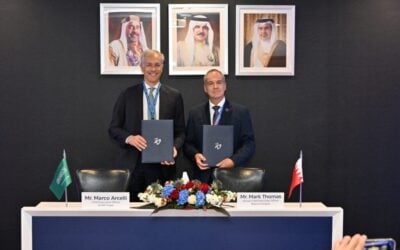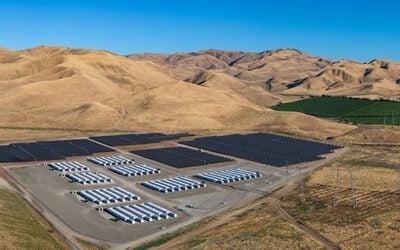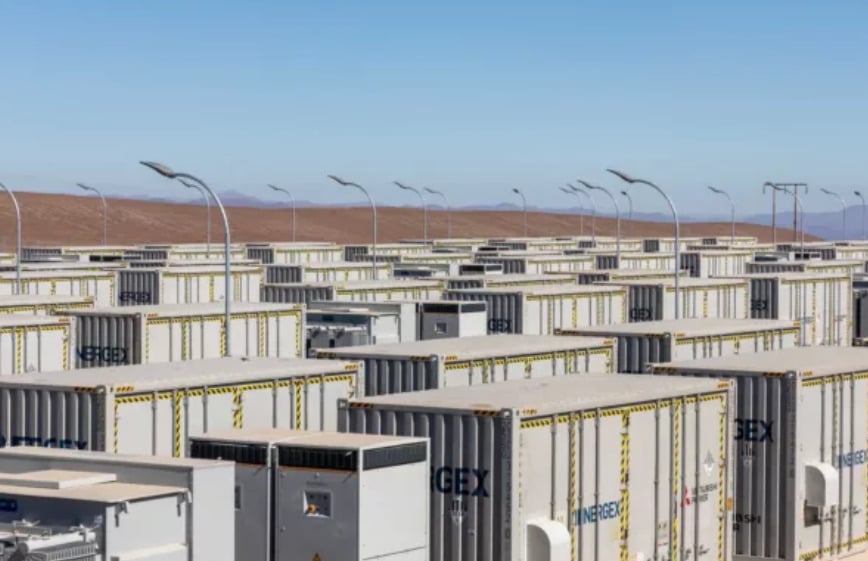
Innergex Renewable Energy has started operating a 35MW/175MWh battery energy storage system (BESS) in Chile, its second large-scale BESS in the country.
The independent power producer’s (IPP) San Andres project in Northern Chile has started operations, the company said this week (21 May), and is co-located with the San Andres solar PV facility.
The 5-hour duration project is located in the Atacama Desert, often called the sunniest place in the world, and will participate in the country’s electricity market via energy trading and shift the PV plant’s generation from the daytime into the evening. Chile is the second most volatile electricity market in the world after Texas (often called ERCOT after its grid operator).
The BESS project is expected to generate annual revenues in the range of US$6-8 million on a run-rate basis, or between US$170,000 and US$230,000 per MW.
Try Premium for just $1
- Full premium access for the first month at only $1
- Converts to an annual rate after 30 days unless cancelled
- Cancel anytime during the trial period
Premium Benefits
- Expert industry analysis and interviews
- Digital access to PV Tech Power journal
- Exclusive event discounts
Or get the full Premium subscription right away
Or continue reading this article for free
It is Innergex’s second large-scale project in Chile after it commissioned the 50MW/250MWh Salvador BESS in October 2023.
The BESS equipment for both projects was provided by system integrator Prevalon, which spun out and rebranded from the energy storage division of Mitsubishi Power Americas recently – Prevalon CEO Tom Cornell discussed this and the firm’s strategy going forward in an interview with Energy-Storage.news (Premium access).
The Chilean government is today closing a bidding auction process for public land for standalone energy storage projects totalling 13GWh of projects, as covered by Energy-Storage.news.
BESS are being added to solar PV projects in Chile in order to reduce curtailment and negative prices due to over-production, while standalone projects are being built to capitalise on energy market volatility. The government passed a bill in late 2022 allowing standalone projects to operate in the market, and gigawatts of both co-located and standalone projects are coming online in the next few years.
Innergex is headquartered in Canada and is largely known for its hydroelectric power fleet but has expanded into other renewables.
Energy-Storage.news’ publisher Solar Media will host the 3rd annual Energy Storage Summit Latin America in Santiago, Chile, 15-16 October 2024. This year’s events bring together Latin America’s leading investors, policymakers, developers, utilities, network operators, EPCs and more all in one place to discuss the landscape of energy storage in the region. Visit the official site for more info.

